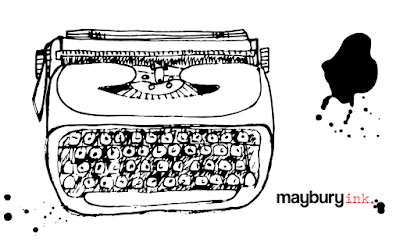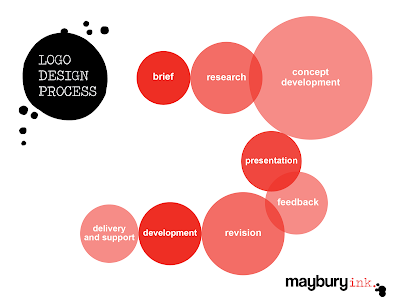People often ask me about my business name, ‘Maybury Ink’. Well the ‘Maybury’ part is easy – it’s my surname, and it’s fairly uncommon, so I used it hoping it would be memorable rather than difficult to recall! And the ‘Ink’ isn’t to sound like a tattoo studio (well mostly – I am quite fond of body art), it’s because ink completely transformed the way we communicate. And that’s what I aim to help businesses do – transform their communication, both visually and in words.
The history of ink is fascinating. Our history is written in ink. Literally. Using ink we have recorded events, knowledge and stories for thousands of years.
Ink was first used to for artistic purposes some 40,000 years ago. It decorated cave walls, animal skins and bodies. That’s a long history of visual communication.
Writing emerged around 3200 BCE. However, it took until 2500 BCE for ink to be used for writing in both Egypt and China, coinciding with the development of the first paper, papyrus (made from the water plant), followed by parchment (made from animal skin). Inks were made using various concoctions of blood, ochre, sap and resins, soot, oil, beeswax and vinegar.
For thousands of years all writing was done by hand, with woodblock printing being used significantly from the 2nd century in China. Both methods were labour intensive, and thus expensive. So written works were not widespread, nor was literacy.
Moveable type (single blocks for each character) was invented in China in the 2nd century but wasn’t widely used until the 12th century, and it took until the 15th century to reach Europe. There it culminated in the mechanical printing press developed by Gutenberg, and the development of oil-based inks containing carbon, copper, lead and titanium. The printing press made mass production of books possible, and thus began the industrial era of printing.
With the written word more widespread than ever before, literacy increased across Europe (and interestingly this is what led to the standardisation of spelling). However, printing was still in the hands of an elite few until the advent of the typewriter in the 1860s. This led to a further development in ink, with most typewriters using an ink-soaked ribbon. The typewriter transformed business communication in efficiency, presentation and professionalism.
By the 20th century books and newspapers were widely available and accessible. It was during this time that office machinery significantly progressed and business communication reached a new level. The photocopier was commercialised in the late 1950s, and then computerised printing with laser and dot matrix printers in the 1970s and inkjet printers in the 1980s.
Today, most of our homes have printers (the machines can cost less than the ink refills we use in them!). Newspaper print circulations have declined. Many books are printed on demand. Or they aren’t even printed – they’re listened to or read on a screen (some using electronic ink!).
In our businesses we are printing less in our offices, and less for our marketing and communication activities due to the rise of digital marketing channels. But while the use of ink has declined, the level and importance of communication continues to grow and transform.
If you'd like some help to transform your business communication, please get in touch, or visit my website for details about what I do.



















